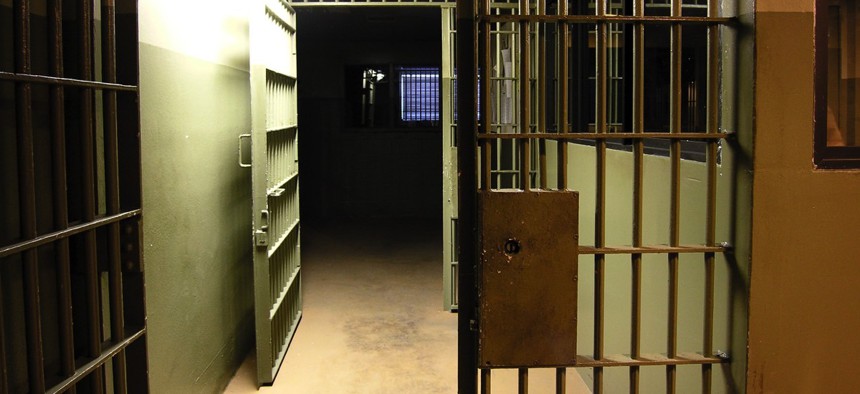Insufficient Mental Health and Medical Treatment Is the Cause of Most Jails’ Woes

trekandshoot / Shutterstock.com
A concerted Medicaid enrollment push and community supervision programs could be the key to reducing inmate populations and costs.
County governments looking to reduce jail populations and associated costs must better manage inmates with mental illnesses and chronic medical conditions, according to a new National Association of Counties report.
Most U.S. jails are run by counties, which spend about $70 billion annually on criminal justice and health systems respectively, but inmates’ healthcare needs are greater than those of the general population.
Around 40 percent of jail inmates had a chronic medical condition in 2011-12, often high blood pressure, and 64 percent report having a mental illness.
“Individuals in county jails are more likely to have mental illnesses or medical conditions than the general population, and addressing inmates’ health needs is a significant priority for counties,” Dr. Natalie Ortiz, the report’s author, said in a statement. “Meeting the needs of this population requires county jails to collaborate with health professionals and treatment providers.”

Perhaps most startling, only one-third of inmates entering jail with a chronic medical condition report taking prescription drugs prior to their arrival, and more than half of inmates with a mental illness say they used drugs or alcohol at the time of their crime.
The jail population’s healthcare expenses constitute anywhere from 9 to 30 percent of total operating costs, but it’s the county’s constitutional responsibility to meet its mental health and medical needs.
Most jails surveyed said mental health poses the biggest challenge, and Medicaid is of little help:
Medicaid and other forms of private or public insurance could help, but county jails cannot bill insurance providers or Medicaid for any health services provided in a jail facility. Medicaid’s inpatient exclusion allows for Medicaid reimbursement if an inmate is admitted as a patient to a hospital or medical facility for more than 24 hours. Most respondent jails (68 percent) to the 2015 NACo survey identify as part of the booking process whether individuals have health insurance, including private or government subsidized coverage. Recent research showed that most people who are in jail do not have insurance. More than one-quarter of respondent county jails to the NACo survey screen for Medicaid eligibility.
Unsurprisingly, county jails in states that expanded Medicaid are more likely to assist inmates with enrollment.
Community supervision programs offer counties a way to treat both pretrial and convicted inmates’ behavioral health or medical problems outside of confinement, but only 22 percent of respondent jails had programs treating mental health and 18 percent physical health.
The real issue is connecting patients with the treatments they need.
Dave Nyczepir is a News Editor for Government Executive’s Route Fifty.
NEXT STORY: At Code for America, There’s Hope for Local Procurement Reform Amid Ongoing Struggles






